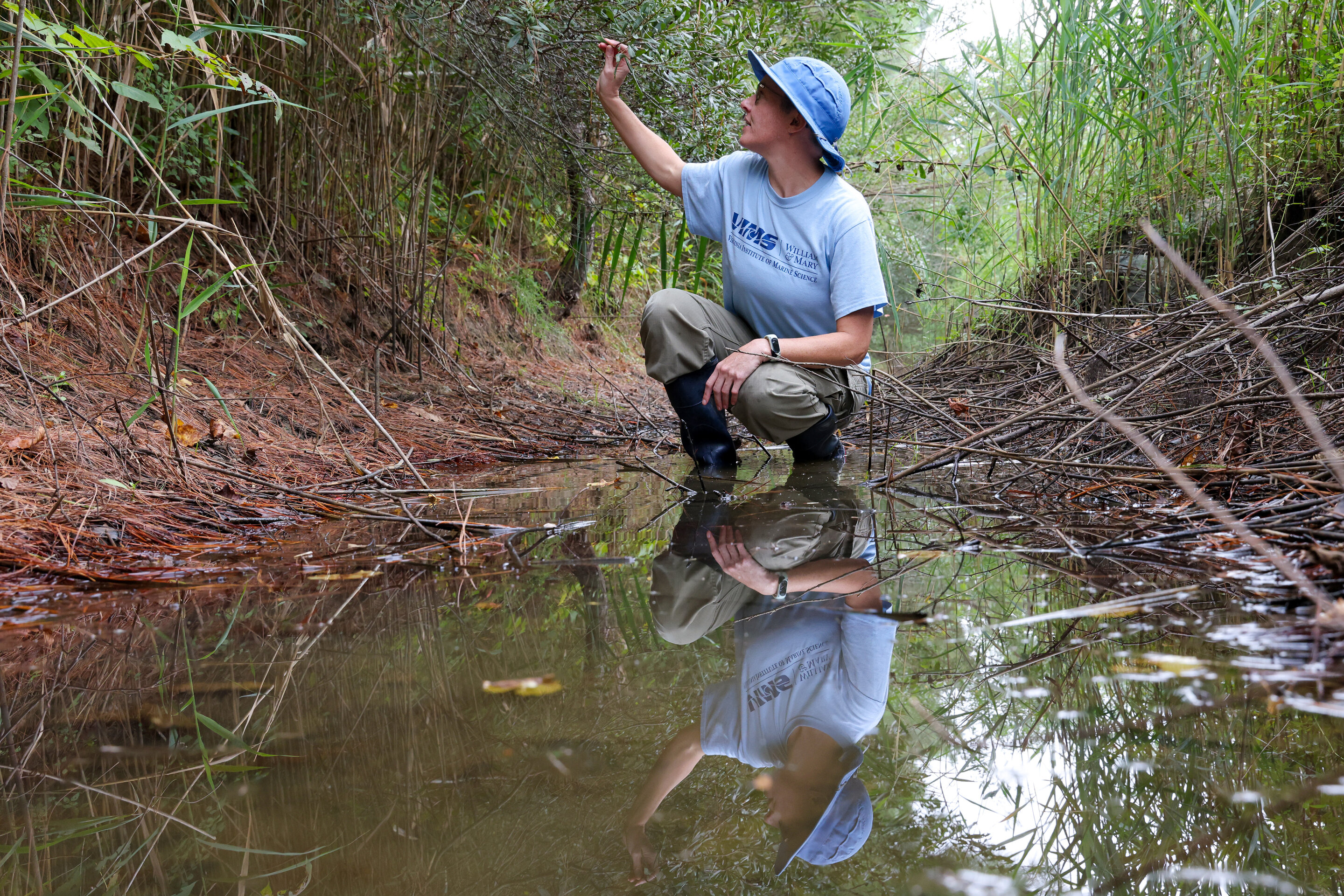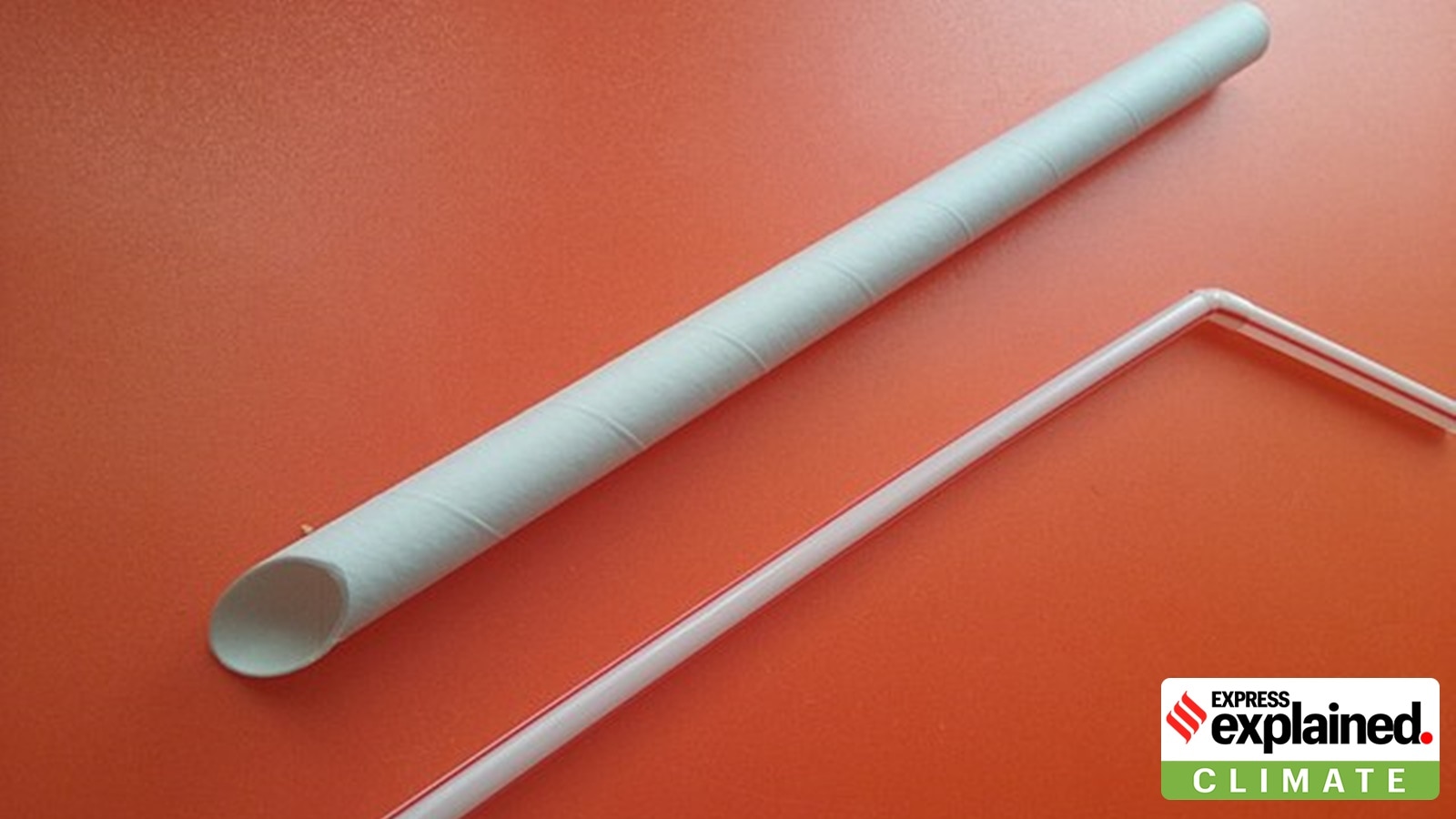From Drainage to Lifelines: How Humble Ditches Are Transforming Communities

Water's silent pathways weave through our landscapes, often unnoticed yet omnipresent. Ditches—those engineered channels of water management—are everywhere, tracing the edges of roads, threading through quiet neighborhoods, and cutting across expansive fields and marshy terrains. So ubiquitous are these human-crafted waterways that they frequently blend into the background of our daily visual landscape, escaping our conscious attention.
A groundbreaking literature review recently published in Communications offers a fresh perspective on these seemingly mundane water corridors, revealing their complex ecological and environmental significance. These unassuming channels are far more than mere drainage routes; they are intricate ecosystems that play a crucial role in water management, environmental health, and landscape dynamics.
By reimagining ditches not just as functional infrastructure but as dynamic environmental features, researchers are shedding light on their hidden importance. From agricultural drainage to urban water control, these narrow waterways are silent guardians of our environmental balance, quietly performing essential functions that often go unrecognized.








